
Go to hell,” says Gale. The usually cocksure wizard and optional player character of Baldur’s Gate III stare down the flames of the party’s campfire. This is a man whose chest conceals a Netherese Destruction Orb which will produce a nuclear-level explosion, ripping him apart—yet he still gets up every morning. Tonight, though, he’s brooding. The last three days have given him cause for concern. “Go to hell,” he repeats. “It’s an everyday expression. So trivial it’s almost meaningless. But we’ve seen hell. It’s real, and it isn’t trivial.” Like the rest of the party, Gale has endured a kidnapping. He has survived the crash of a flying slave ship crewed by mind flayers. And, even now that he has escaped, he remains the unwilling surrogate to a tentacled baby that will kill him on birth. Likely very painfully, before the week is out. It’s hard to think of anything much more hellish.
Yet Gale isn’t speaking figuratively when he says he’s seen hell. As it turns out, Baldur’s Gate III actually begins in hell. More specifically, the first layer of the Nine Hells, Avernus.
DEMONIC INFLUENCE
Over the last year, tabletop D&D fans have been playing through the prequel to Baldur’s Gate III, Descent into Avernus. They’ve already participated in the Blood War, a perpetual struggle that rages between demons and devils, a Warhammerlike vision of the infinite conflict. Now we’ll step between the battle lines ourselves, both in the intro of Larian’s Early Access build in late September, and during a much longer sequence of the finished game.
هذه القصة مأخوذة من طبعة November 2020 من PC Gamer US Edition.
ابدأ النسخة التجريبية المجانية من Magzter GOLD لمدة 7 أيام للوصول إلى آلاف القصص المتميزة المنسقة وأكثر من 9,000 مجلة وصحيفة.
بالفعل مشترك ? تسجيل الدخول
هذه القصة مأخوذة من طبعة November 2020 من PC Gamer US Edition.
ابدأ النسخة التجريبية المجانية من Magzter GOLD لمدة 7 أيام للوصول إلى آلاف القصص المتميزة المنسقة وأكثر من 9,000 مجلة وصحيفة.
بالفعل مشترك? تسجيل الدخول
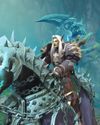
"The War Within itself has kept me coming back most evenings too"
WORLD OF WARCRAFT remains my jailer, and I couldn't be more pleased about it
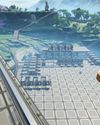
OK BUILDER
SATISFACTORY is the new titan in building and crafting games

HELL YES
DIABLO IV: VESSEL OF HATRED is a transformative expansion
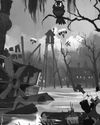
MOUSE: PI FOR HIRE
This mouse wants to be more than just a gimmick

WINDBLOWN
Dead Cells dev's new roguelike has me afraid for my free time
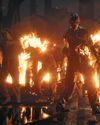
NO MORE ROOM IN HELL 2
As the zombie horde surrounded me just moments after taking down my two remaining teammates, the writing was really on the wall. Armed with just a chef's knife, it was clear I stood no chance, but I was going down swinging, hoping for a miracle... it didn't come.

OWNED BY STEAM
VALVE cordially reminds you that your games aren't yours

CURSE OF THE AZURE BONDS
These classic games haven't aged badly, but I sure have.
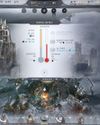
DEEP FREEZE
Endure a blizzard of tough choices and rough consequences in FROSTPUNK 2
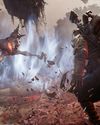
NEW HORIZONS
Building up REMNANT 2 outside the live service game grinder